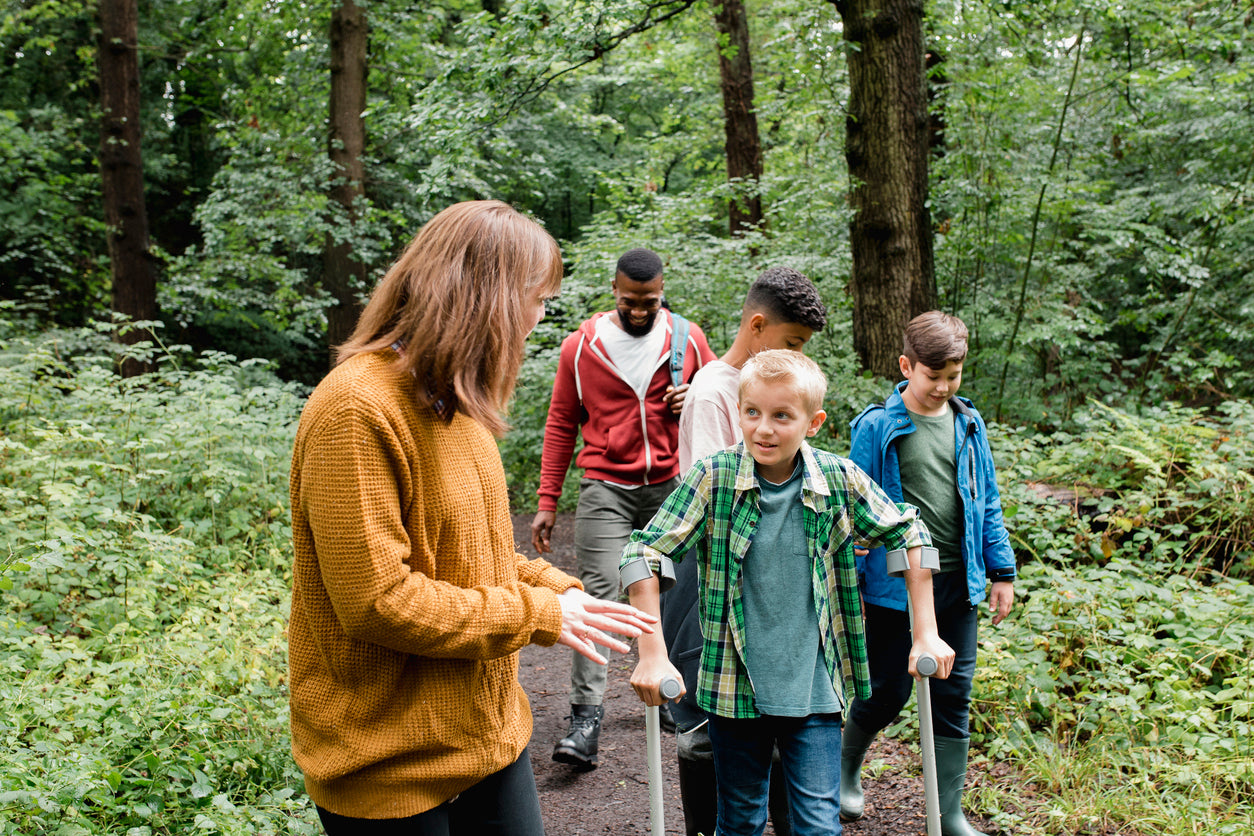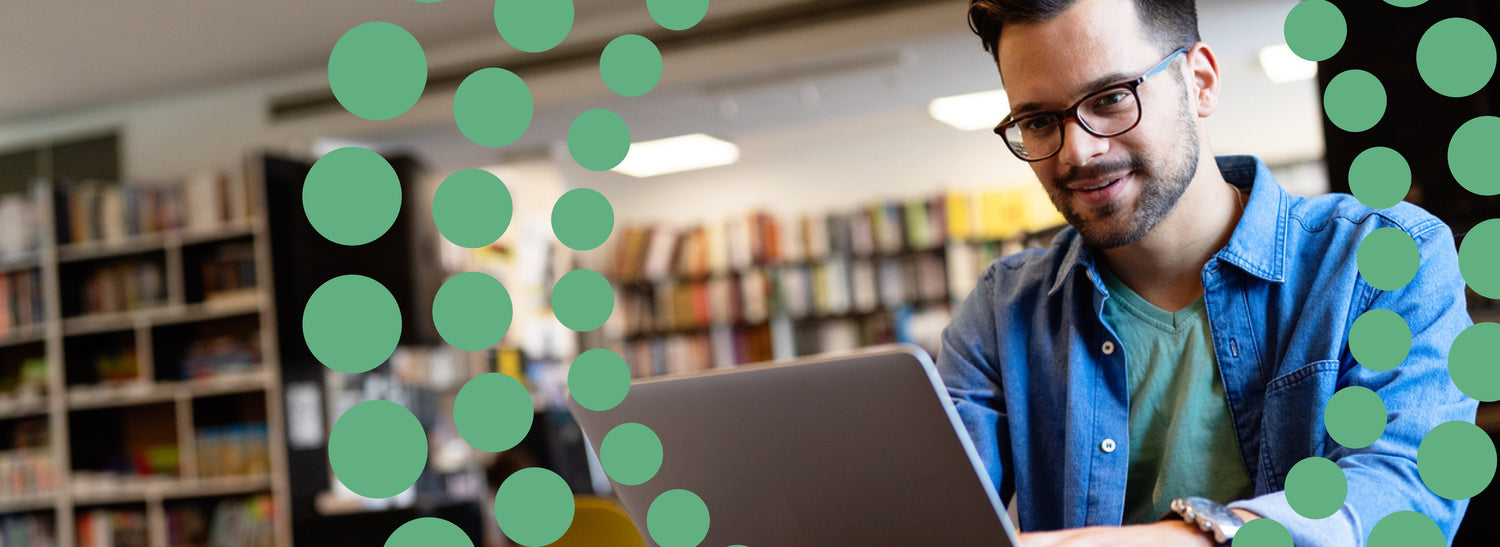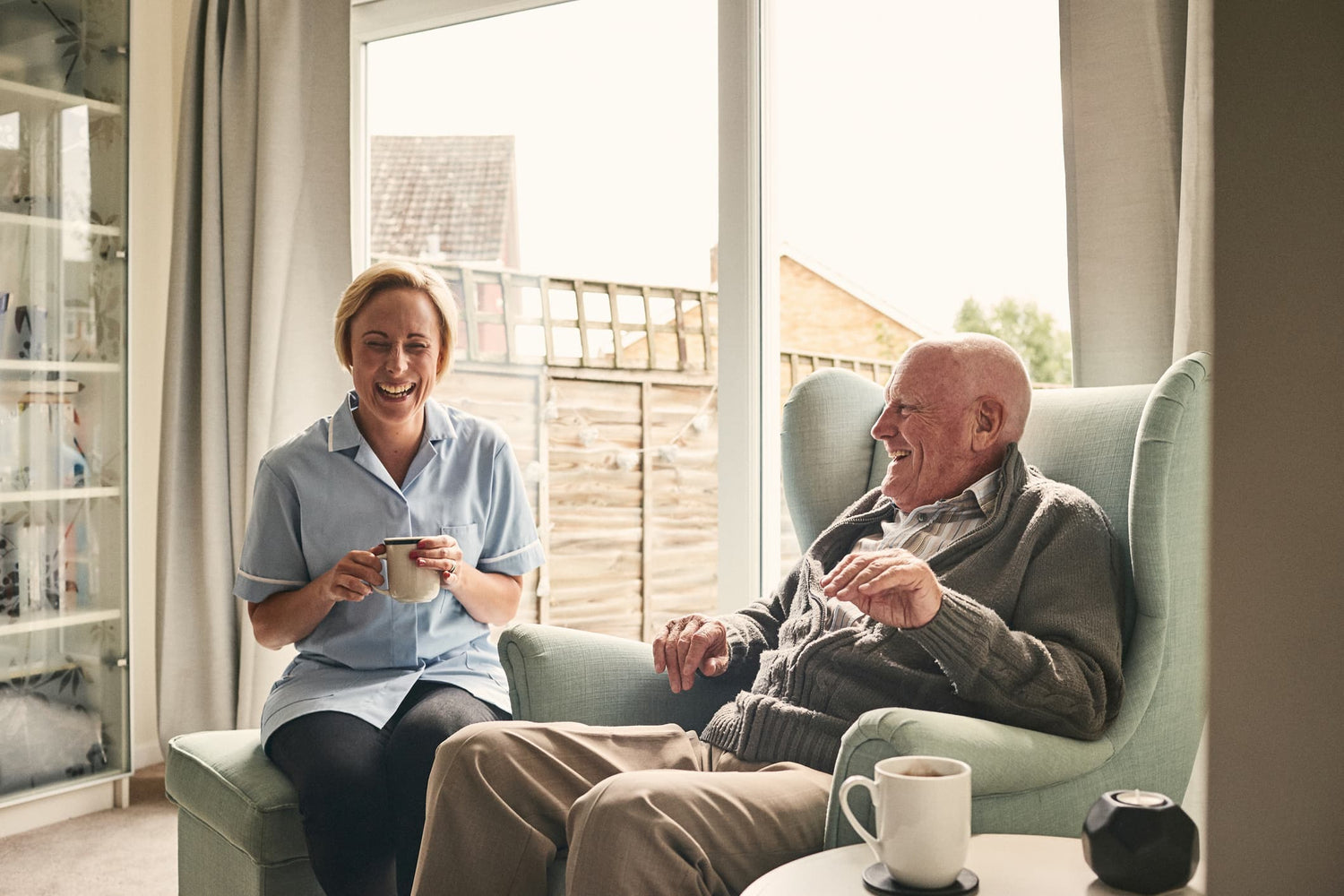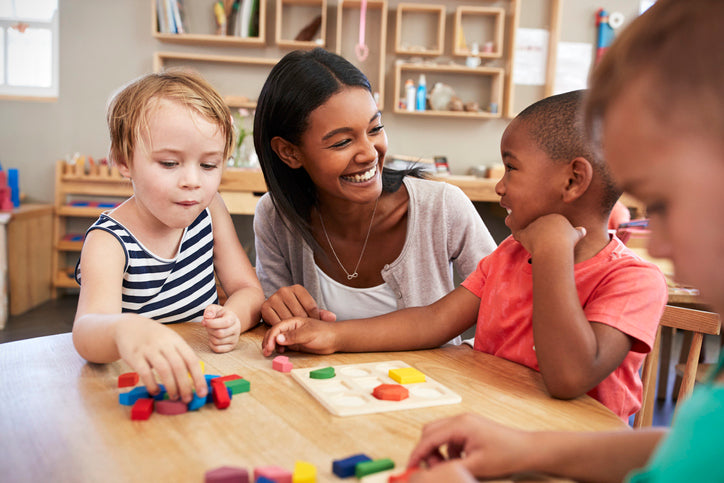There is an age old adage that says “two heads are better than one”. Consider collaboration in recent history: Watson and Crick or Page and Brin (Founders of Google).
But did you know it was a collaborative Computer Club about basic programming at a middle school that brought together two minds that would change the future of computing? Yes, those two were of course, Bill Gates and Paul Allen, the founders of Microsoft.
Collaborative learning teams are said to attain higher level thinking and preserve information for longer times than students working individually. Why is this so?
Groups tend to learn through “discussion, clarification of ideas, and evaluation of other’s ideas”. Perhaps information that is discussed is retained in long term memory. Research by Webb suggests that students who worked collaboratively on math computational problems earned significantly higher scores than those who worked alone. Plus, students who demonstrated lower levels of achievement improved when working in diverse groups.
Collaborative learning teams are said to attain higher level thinking and preserve information for longer times than students working individually.
Many consider Vygotsky the father of “social learning”. Vygotsky was an education rebel in many ways. Vygotsky controversially argued for educators to assess students’ ability to solve problems, rather than knowledge acquisition. The idea of collaborative learning has a lot to do with Vygotsky’s idea of the “zone of proximal development”. It considers what a student can do if aided by peers and adults. By considering this model for learning, we might consider collaboration to increase students’ awareness of other concepts.
Further your career with an online Certificate in Education Support









